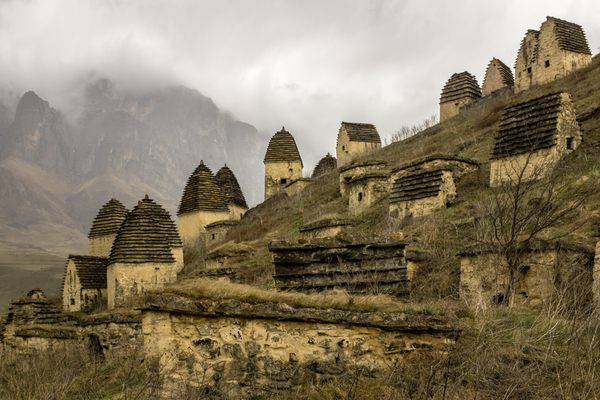A Giant Permafrost Crater Grows in Siberia
It’s yet another canary in the climate coal mine.

Picture a crater, a deep pockmark on the surface of the Earth, and then imagine the process that created it. It is probably very high energy—explosive, catastrophic, destructive. Asteroid impact. Volcanic eruption. Nuclear detonation.
The Batagaika Crater in the distant reaches of eastern Siberia is a different species. Rather than sudden it is slow, and rather than static it is growing. But the process it represents is no less catastrophic than those of the others.
The crater first began to form, scientists believe, in the 1980s. The forest in the area had been cleared decades before, exposing the permafrost below to increasingly warm summers and short winters. As climate change has accelerated, the frozen soil has collapsed and eroded away. The growth of Batagaika Crater (technically more a “depression” or “megaslump”) over the last 20 years has been especially pronounced, and can be seen clearly in satellite images recently released by NASA’s Earth Observatory.

Today the tadpole-shaped depression is about half a mile in diameter and up to 300 feet deep. It’s already the largest permafrost crater—they’re all over Siberia—and it’s only going to get bigger. “Every year as soon as temperatures go above freezing, it’s going to start happening again,” said Mary Edwards, a professor at the University of Southampton who has studied the crater. “Once you’ve exposed something like this, it’s very hard to stop it.”
If there’s a scientific silver lining here—in addition to the crater’s impact as a gaping visual representation of a global process—it’s the Pliestocene animal remains that are emerging from it, including those of extinct horses, steppe bison, cave lions, and wolves.





















Follow us on Twitter to get the latest on the world's hidden wonders.
Like us on Facebook to get the latest on the world's hidden wonders.
Follow us on Twitter Like us on Facebook